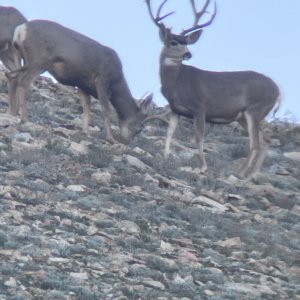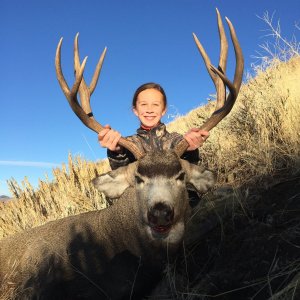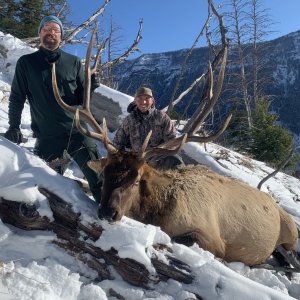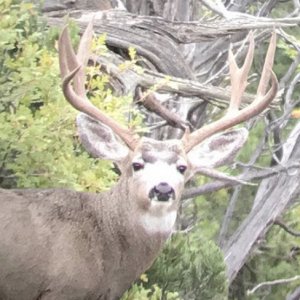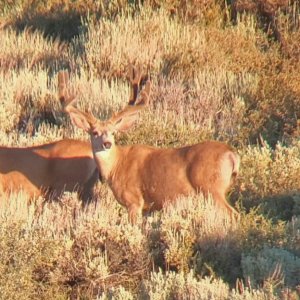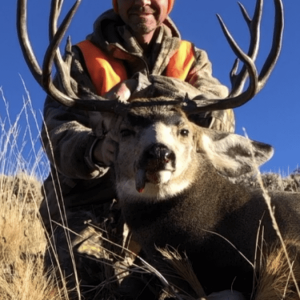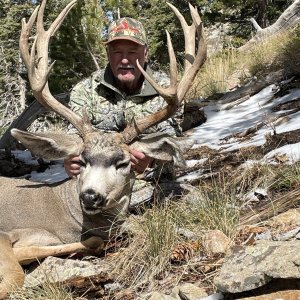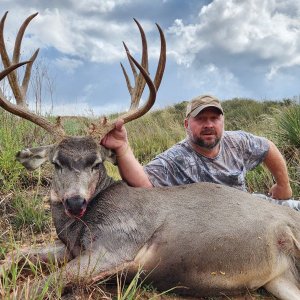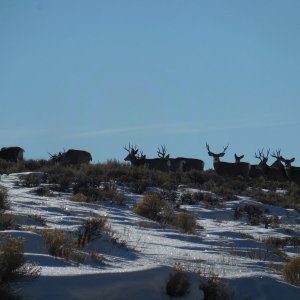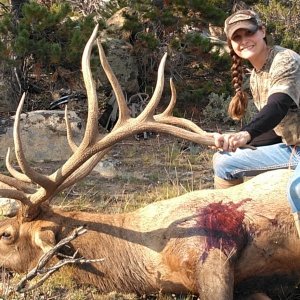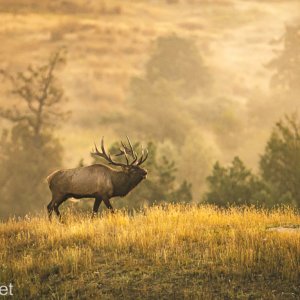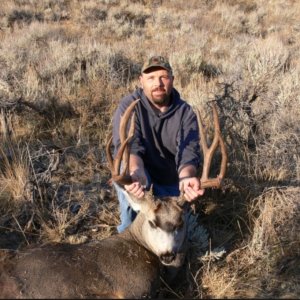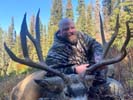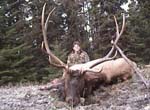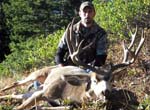JHas
Active Member
- Messages
- 110
In Idaho (as per the proclamation), a non-resident can draw "Up To" 10% of the allocated permits per unit.
Most states have separate drawings for non-resident tags, where non-residents compete against other non-residents for a certain percentage of the tags. For example: If there are 60 permits available with a 10% NR allocation, 6 NR permits would go to NRs. If 12 NRs put in for those 6 permits, the odds would be 50%. Right?
It seems in Idaho(at least as far as I can figure)that non-residents are placed in the draw with residents and if lucky, can draw permits until the "UP TO" 10% allocation is met. However; it is possible in Idaho that all 60 permits could be awarded to residents and zero permits going to NRs.
If you use the example above, but I add 200 residents to the mix, a resident would have a 28% (60/212) chance of drawing because they have a chance at all 60 permits.
How would the NR odds be figured? I know that 54 permits will go to 54 residents without a doubt. Which leaves 146 resident and 12 NRs competing for the additional 6 permits.
So 6/158 = 3.7% chance of a NR drawing.
Is this correct?
John
Most states have separate drawings for non-resident tags, where non-residents compete against other non-residents for a certain percentage of the tags. For example: If there are 60 permits available with a 10% NR allocation, 6 NR permits would go to NRs. If 12 NRs put in for those 6 permits, the odds would be 50%. Right?
It seems in Idaho(at least as far as I can figure)that non-residents are placed in the draw with residents and if lucky, can draw permits until the "UP TO" 10% allocation is met. However; it is possible in Idaho that all 60 permits could be awarded to residents and zero permits going to NRs.
If you use the example above, but I add 200 residents to the mix, a resident would have a 28% (60/212) chance of drawing because they have a chance at all 60 permits.
How would the NR odds be figured? I know that 54 permits will go to 54 residents without a doubt. Which leaves 146 resident and 12 NRs competing for the additional 6 permits.
So 6/158 = 3.7% chance of a NR drawing.
Is this correct?
John

